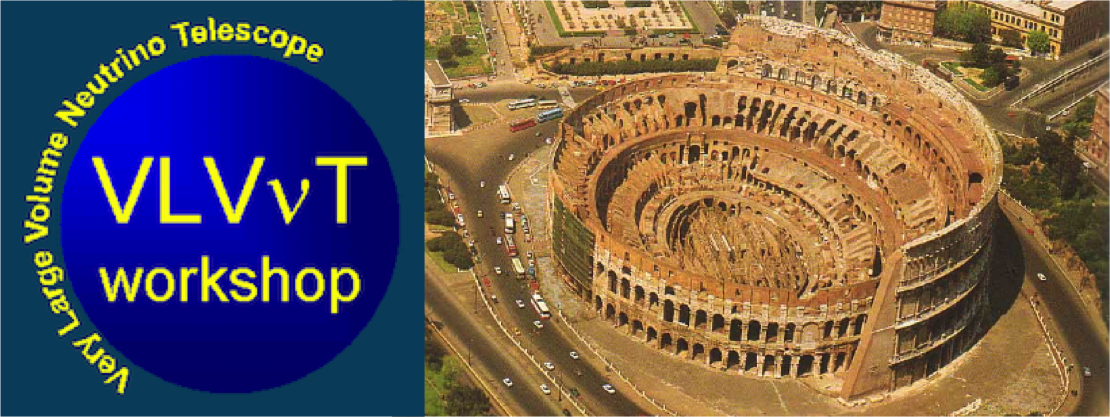Speakers
Antoine David Kouchner
(Universite de Paris VII (FR))
Bruny Baret
(CNRS)
Description
KM3NeT is a network of deep-sea neutrino telescopes to be deployed in the Mediterranean Sea, that will perform neutrino astronomy and oscillation studies. It consists of three-dimensional arrays of thousands of optical modules that detect the Cherenkov light induced by charged particles resulting from the interaction of a neutrino with the surrounding medium.
The performance of the neutrino telescope relies on the precise timing and positioning calibration of the detector elements. The exact location of optical modules (which is affected by sea currents) can be monitored through an acoustic positioning system, while external light sources are used to achieve the required sub-nanosecond time resolution and to measure water optical properties. Other environmental conditions which
may affect light and sound transmission, such as water temperature and salinity, must also be continuously monitored.
For these purposes, KM3NeT foresees the deployment of several dedicated Calibration Units (CUs), whose base will host the detector calibration devices (Laser beacon, acoustic emitter and hydrophone). A few of these CUs will additionally be equipped with an Instrumentation Unit with a semi-autonomous and recoverable inductive line supporting the
environmental monitoring instruments. This contribution describes the technical design and construction of the first Calibration Unit, to be deployed on the French site as part of KM3NeT Phase 1, as well as the purpose and characteristics of the different instruments that it will support.
Authors
Antoine David Kouchner
(Universite de Paris VII (FR))
Bruny Baret
(CNRS)
